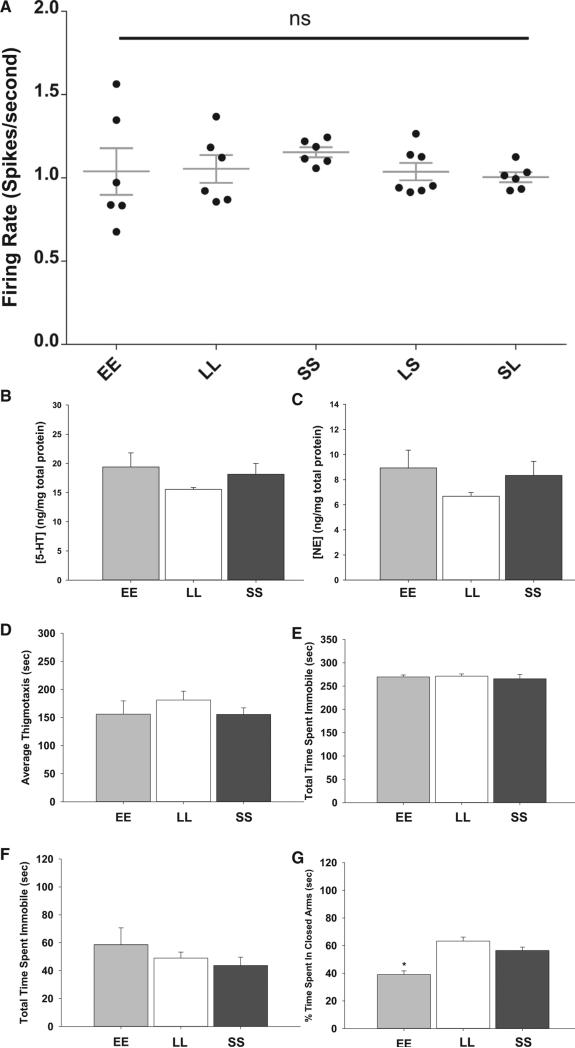Figure 4. MT1KO Negates Circadian Photoperiod's Effects.
(A) No difference in spontaneous firing rate across the five photoperiods tested. EE: 64 cells; LL: 66 cells; SS: 81 cells; SL: 56 cells; LS: 98 cells; n = 6 mice for each photoperiod (p = 0.7183).
(B) No difference in 5-HT concentration in the midbrain. EE: 5 mice; LL: 6 mice; SS: 6 mice (p = 0.355).
(C) No difference in NE concentration in the midbrain. n = 6 for each photoperiod (p = 0.281).
(D) No difference in thigmotaxis in the OFT (p = 0.466).
(E) There is no difference in time spent immobile in the TST (p = 0.761).
(F) No difference in time spent immobile in the FST (p = 0.399).
(G) EE mice spend significantly less time in the closed arm of the EZM than LL or SS mice but also exhibit increased overall locomotor activity (p < 0.001; F = 14.91; all tests were compared via a one-way ANOVA).
Error bars represent the SEM.

